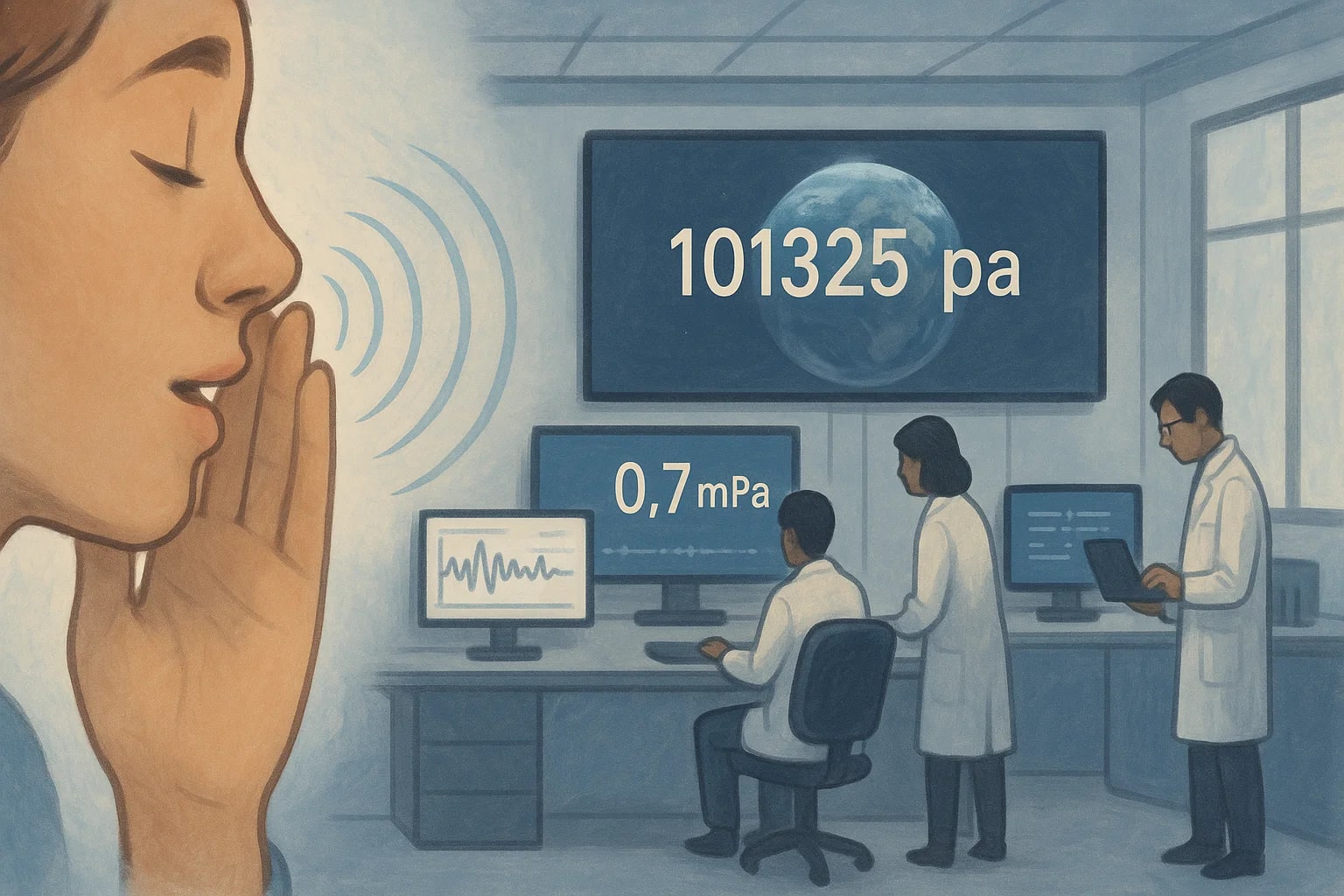millipascal to pascal – How to convert mPa to Pa
The millipascal (mPa) is rarely used in daily life but is vital in research that deals with very tiny pressures, such as fluid mechanics or acoustics. The pascal (Pa), however, is the SI base unit of pressure used everywhere from physics to engineering. Converting millipascal to pascal makes it possible to connect ultra-small values with the global standard unit.

What is a millipascal (mPa)?
A millipascal equals one-thousandth of a pascal (0.001 Pa). It is used when describing extremely delicate pressures, such as sound waves or tiny stresses in materials.
What is a pascal (Pa)?
A pascal is the SI base unit of pressure, defined as one newton per square meter. It provides the foundation for all pressure measurements, from weather forecasting to industrial hydraulics.
How to convert millipascal to pascal
Pascal (Pa) = Millipascal (mPa) ÷ 1000
Example:
Pascal = 5000 mPa ÷ 1000 = 5 Pa
To make conversions quicker, use the Conversion Tools. For other useful options, check the Speed Converter.
Do you know?
-
About millipascal: Scientists studying delicate vibrations in nanotechnology sometimes record stress changes in the range of a few millipascals.
-
About pascal: A gentle breeze exerts about 10 Pa of pressure on a surface — equal to 10,000 mPa.
Measuring the Whisper of Sound
In acoustics, pressure fluctuations caused by sound waves are incredibly small. The threshold of human hearing is about 20 micropascals (0.02 Pa). In laboratories, such values are sometimes expressed in millipascals to make data more readable.
By converting millipascal to pascal, scientists can compare these ultra-low sound pressures with standard atmospheric pressure (101,325 Pa) — a reminder of just how sensitive our ears are. This conversion turns the faintest whispers into numbers that can be precisely analyzed.

From Micro to Macro
The formula is simple: divide by 1000. Yet converting millipascal to pascal allows us to link the tiniest physical effects — like sound and nano-vibrations — with the same system used to measure storms, engines, and skyscrapers. It’s a bridge that shows how one universal unit can describe both the smallest and largest forces in our world.

